The human spirit’s resilience and adaptability are nothing short of astonishing, especially when you consider stories of people who have been raised by animals. These mesmerizing tales often blur the line between myth and reality, reminding us of our deep connection with the natural world. Whether through sheer chance or dire circumstances, these individuals found unlikely family members in the animal kingdom. Join me as we explore these ten strange but true stories of people raised by animals.
1. The Wolf Children of Midnapore
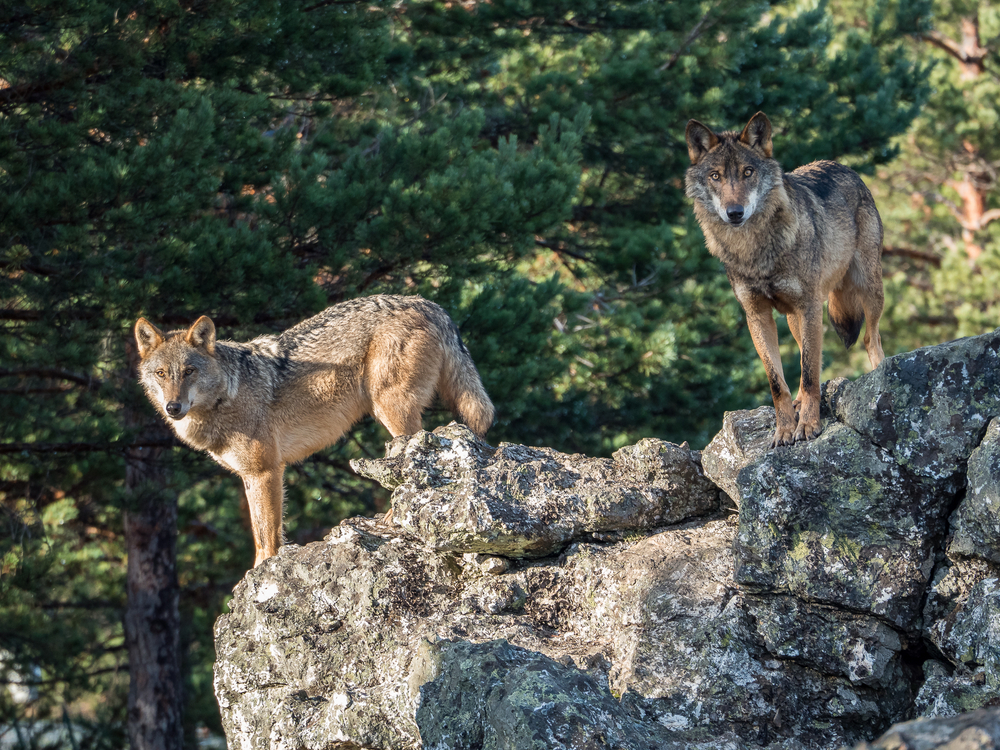
In the early 1920s, two young girls, Amala and Kamala, were reportedly found living with a pack of wolves in the jungles of Midnapore, India. Discovered by Reverend J. A. L. Singh, the girls exhibited behaviors that resembled wolves more than humans, such as walking on all fours and communicating through growls and barks. According to JSTOR, their story sparked international intrigue and numerous debates about the nature versus nurture aspect of human development. Though some experts questioned the authenticity of Singh’s account, it remains a compelling example of human resilience and adaptability.
Upon rescue, the girls struggled to adjust to human society, often reverting to their wolf-like behaviors. Despite efforts to socialize them, they showed limited progress in learning human language and customs. Sadly, Amala died shortly after their discovery, while Kamala lived for several more years, slowly integrating into human life. Their legacy continues to provoke thought and debate about the boundaries of human nature and instinct.
2. Marina Chapman and Her Monkey Family
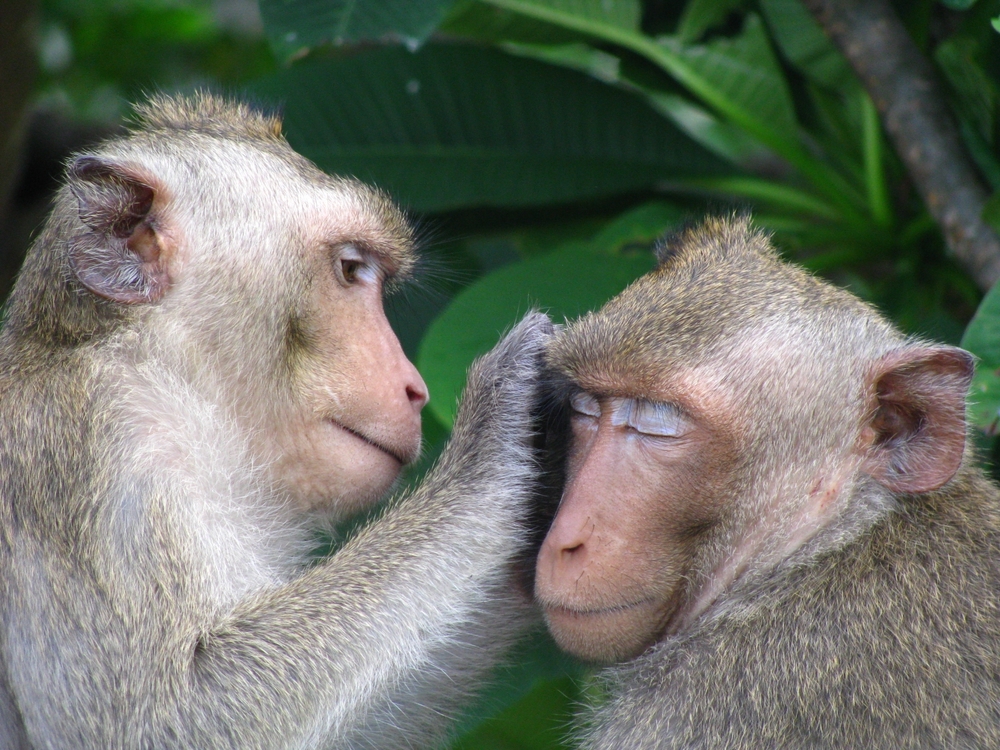
Marina Chapman’s incredible story began when she was kidnapped from her Colombian village at the age of five and abandoned in the jungle. She survived by learning from a group of capuchin monkeys, mimicking their behavior and foraging for food as they did. Her tale, as detailed in her autobiography, “The Girl With No Name,” includes learning how to catch birds and rabbits with her hands and discovering safe fruits and berries to eat. The monkeys, in their own way, took care of her, offering companionship and acceptance in her time of need.
After spending around five years in the jungle, Marina was eventually discovered by hunters and returned to human society. The transition was challenging, as she had to relearn basic social and language skills. Despite the odds, Marina managed to adapt, later marrying and starting a family in England. Her story is a testament to the primal survival instincts that lie within us all, and how the bonds we form—even with animals—can shape our lives.
3. Tippi Degré: The Real-Life Mowgli
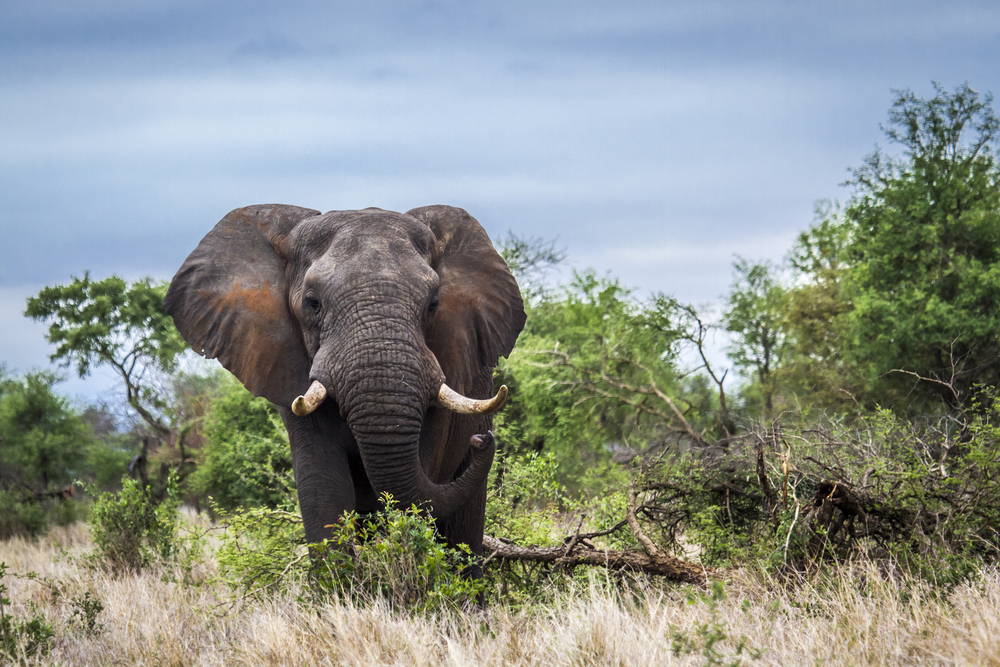
Born to French wildlife photographers in Namibia, Tippi Degré had an unusual upbringing that closely resembled that of Rudyard Kipling’s Mowgli. From the age of two, she formed deep bonds with the local wildlife, including elephants, leopards, and snakes. According to some accounts, Tippi’s childhood was spent exploring the wilderness, and this unique environment allowed her to develop a keen sense of empathy and understanding for animals. She has been photographed riding on the back of an ostrich and playing with a cheetah, showcasing her extraordinary connection with the animal kingdom.
Her parents documented her life through a series of photographs and documentaries, creating a legacy of Tippi’s remarkable childhood. While her story is not one of survival in the wild, it highlights the innate ability of humans to harmonize with nature. As Tippi grew older, she returned to Europe, where she continued her education. Nonetheless, her formative years among the animals of Namibia have left an indelible mark on her, fueling her continued advocacy for wildlife conservation.
4. The Bird Boy of Russia: A Unique Tale of Avian Upbringing
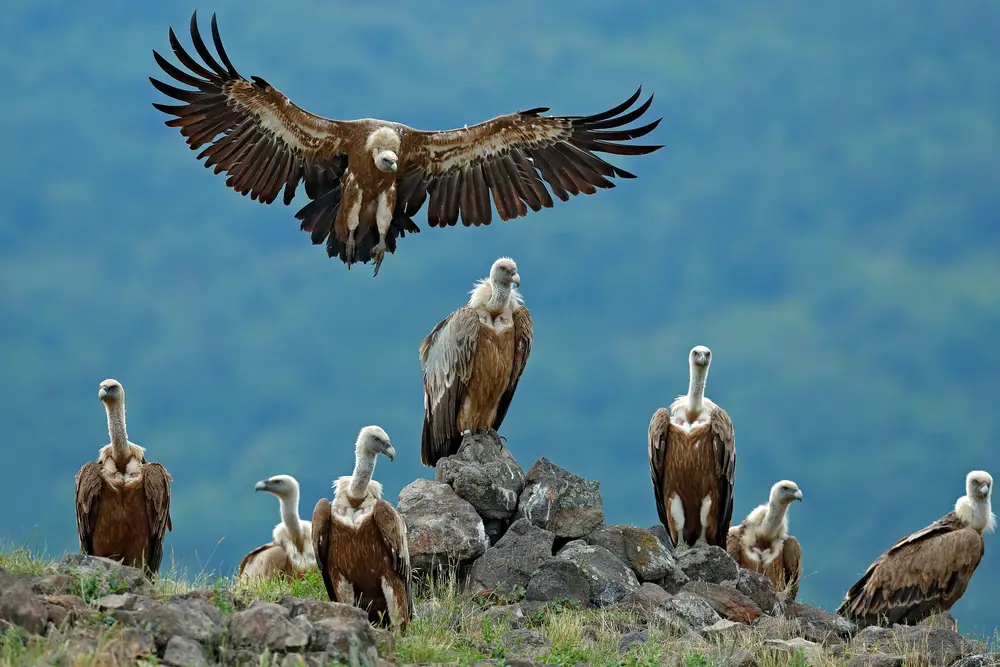
In 2008, Russian social services discovered a seven-year-old boy, known as Vanya, living in a tiny apartment filled with birds. As noted in the Daily Mail, the child had been raised in a room with his mother’s extensive collection of bird cages and had learned to communicate by mimicking the birds’ chirps and calls. His mother, who struggled with severe mental health issues, neglected him, leaving the birds as his primary companions. Vanya’s story is a poignant reminder of how isolation can push humans to form connections with any available companions.
Upon his rescue, Vanya displayed avian-like behavior, flapping his arms and responding primarily to the birds’ calls. Although he faced significant challenges in adapting to human interaction, his story drew attention to the often-overlooked issue of child neglect. With the help of social services, Vanya began the process of reintegration into society, gradually learning to speak and interact with other children. This tale illustrates the profound impact that environment can have on a child’s development, highlighting the importance of nurturing and social interaction.
5. Oxana Malaya: The Girl Raised by Dogs
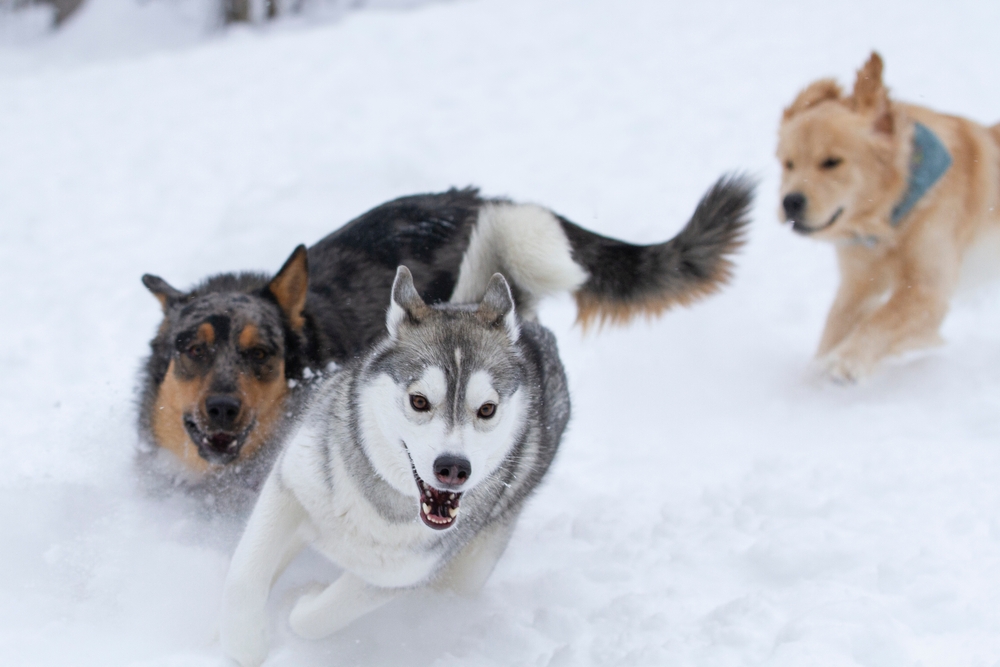
Oxana Malaya’s story of survival is both heartbreaking and astonishing. According to Yahoo, born in Ukraine, she was neglected by her alcoholic parents and eventually sought refuge with a pack of stray dogs. From the age of three to around eight, she lived among them, adopting their behaviors and modes of communication. Her case, discovered in 1991, became a subject of intense study, shedding light on the effects of neglect and the role of environmental influence in child development.
When found, Oxana barked, panted, and walked on all fours, displaying canine-like behavior. Experts worked tirelessly to rehabilitate her, and she eventually learned to speak and interact with humans. Despite this progress, her early years had a lasting impact on her social development. Oxana’s story serves as a powerful example of the adaptability of children and the importance of early human connection and care.
6. The Vietnamese Jungle Boy: A Lost Childhood

In 2007, a man known as the “Vietnamese Jungle Boy” was discovered in a dense jungle in Vietnam. He had lived in isolation for most of his life with his father, who had fled into the jungle to escape military conflict. The boy, believed to be in his twenties at the time of discovery, had minimal human interaction and had adopted survival techniques from observing animals. His story is a haunting reminder of the long-lasting impacts of conflict on families and individuals.
Upon reintegration into society, the boy, later identified as Ho Van Lang, faced significant challenges adapting to modern life. He struggled with language and social cues, having spent the formative years of his life in isolation. With the help of support services, Ho Van Lang slowly began to learn these skills, although the transition was fraught with difficulty. His life in the jungle, however, had equipped him with an incredible understanding of nature and survival instincts that few possess.
7. The Leopard Boy of India: A Wild Beginning
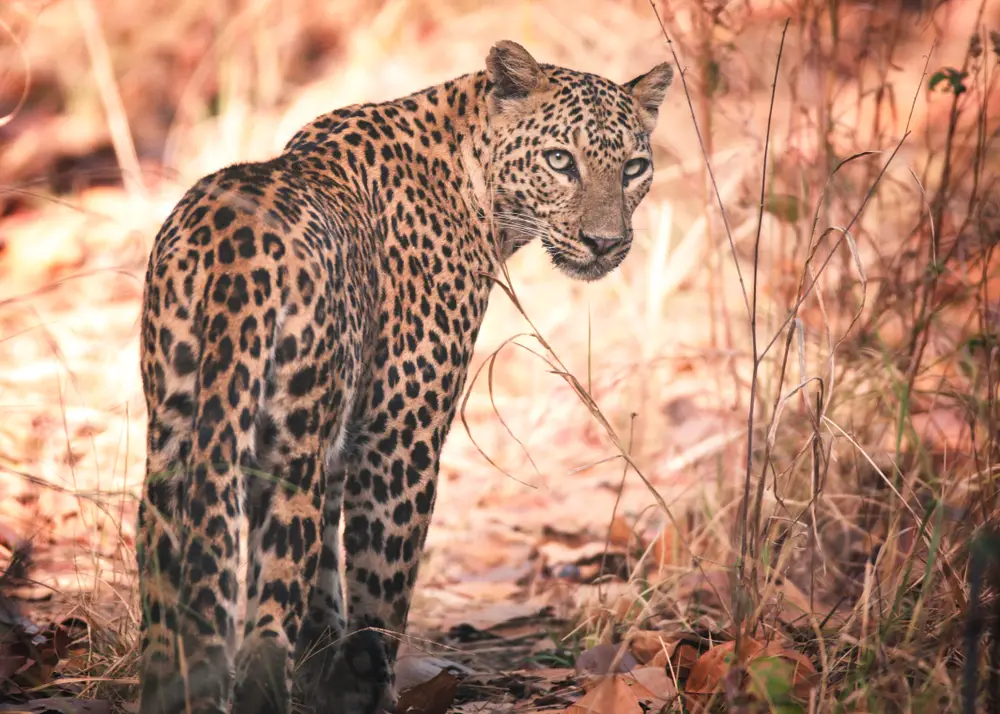
In the early 20th century, a young boy was reportedly discovered living among leopards in the Indian jungle. His tale, although less documented than others, is an intriguing example of how humans can integrate into the animal world. Found by a missionary, the boy was said to have been accepted by the leopard family, who treated him as one of their own. The child displayed behaviors characteristic of leopards, such as climbing and nocturnal activity.
Upon rescue, he faced the daunting task of adjusting to human society. While the details of his reintegration are sparse, the story remains a part of local folklore. It underscores the incredible adaptability of children and how they can form bonds with animals under extreme circumstances. Although some aspects of this tale may be exaggerated or mythologized, it continues to captivate imaginations and speaks to the mysteries of the natural world.
8. The Goat Boy of Peru: A Life on the Mountainside
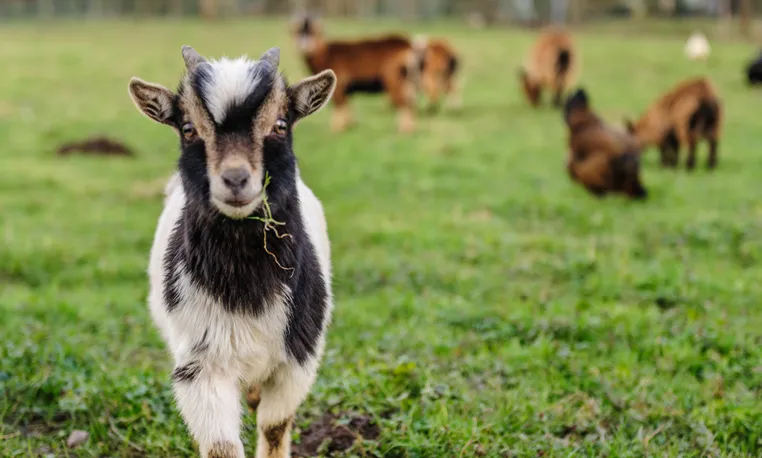
In the Andean mountains of Peru, a young boy was found living among a herd of goats. Abandoned at a young age, the boy survived by drinking goat milk and foraging for food. The goats seemingly accepted him into their herd, providing warmth and protection from predators. He learned to navigate the rocky terrain and even mimicked goat behavior, such as climbing and head-butting.
Upon being discovered, the boy was malnourished and wary of human contact. Rehabilitation was slow, but he gradually learned to communicate and adjust to human life. Experts believe his ability to survive was due to the acceptance and protection offered by the goat herd. His story highlights the incredible adaptability of children and the deep connection between humans and animals.
9. The Gazelle Boy of the Sahara: Raised by the Desert Herd
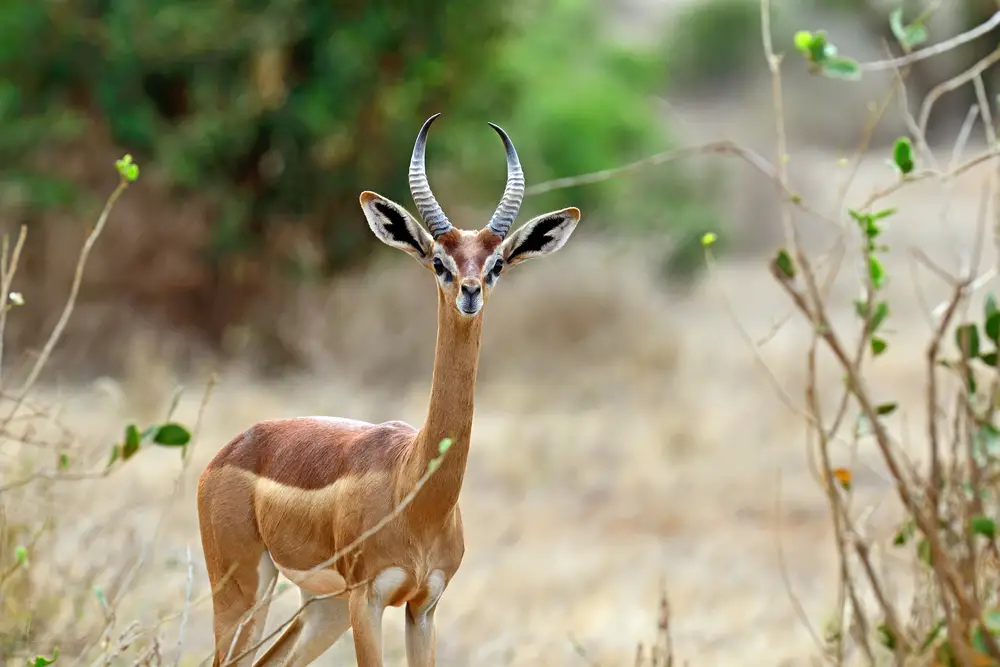
In the 1960s, a young boy was discovered in the Sahara Desert, running alongside a herd of gazelles. Locals claimed he had been abandoned as a toddler and had somehow been adopted by the gazelles. The boy reportedly displayed remarkable speed and agility, running on all fours and feeding on desert plants. He was able to keep pace with the gazelles, surviving under the harsh conditions of the desert.
When he was eventually captured by authorities, he resisted human contact and displayed limited language skills. It took years of rehabilitation before he began to trust humans. His story remains one of the most extreme examples of survival through integration into the animal world. The gazelles had not only helped him survive but had also shaped his physical and behavioral traits.
10. The Bear Girl of Siberia: Survival in the Cold Wilderness

In 2006, a five-year-old girl was found in the Siberian wilderness, living with a group of bears. She had reportedly been abandoned by her parents and survived for two years by scavenging and sleeping in a bear den. Witnesses claimed that the bears protected her from predators and even shared food with her. She reportedly walked with a hunched gait, similar to the movement of a bear, and displayed limited speech.
After being rescued, the girl struggled to adapt to human society. She initially resisted human interaction and was more comfortable with animals. Over time, with the help of therapists and caregivers, she learned to speak and interact with others. The story remains a remarkable testament to the protective instincts of animals and the resilience of human survival instincts.
